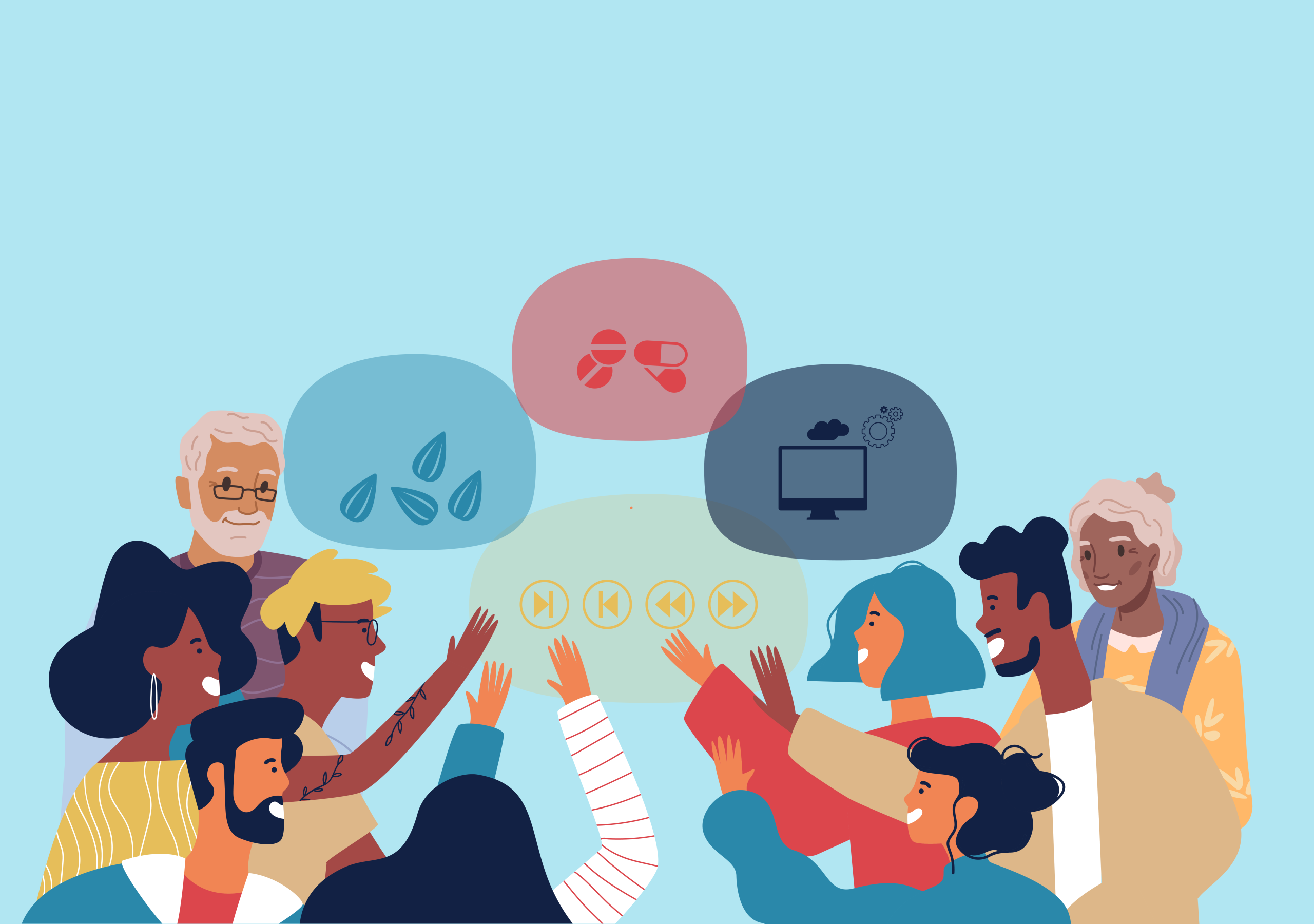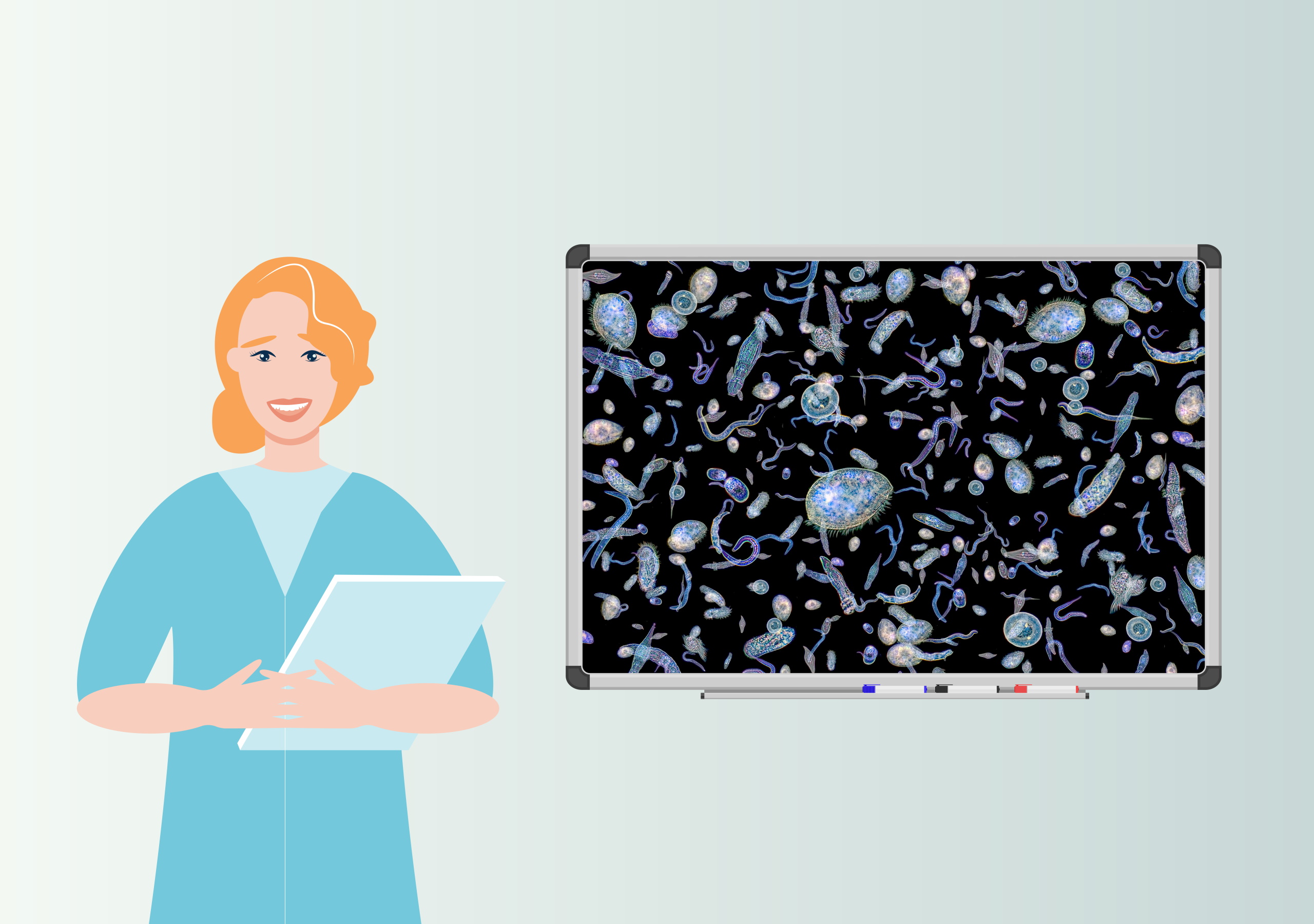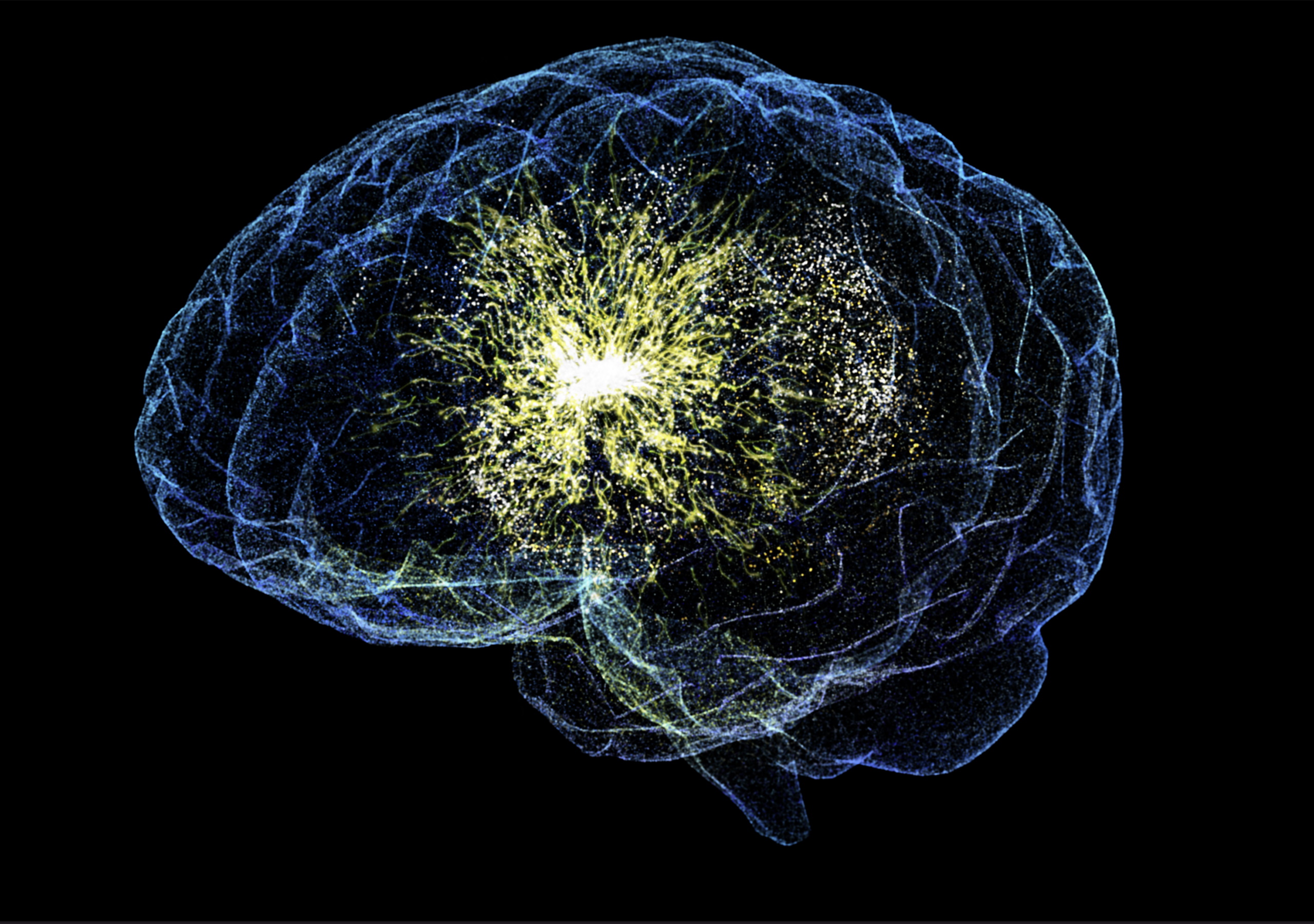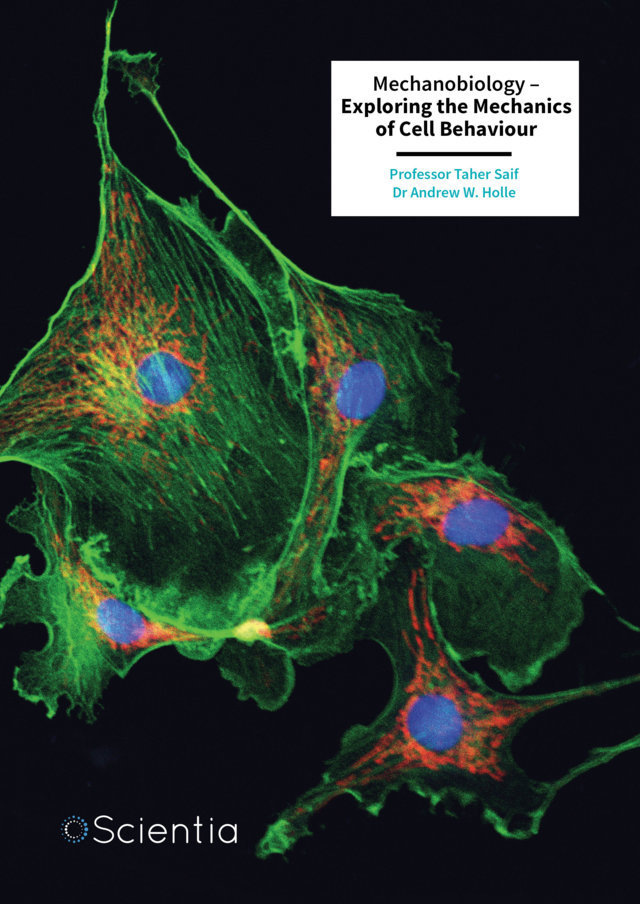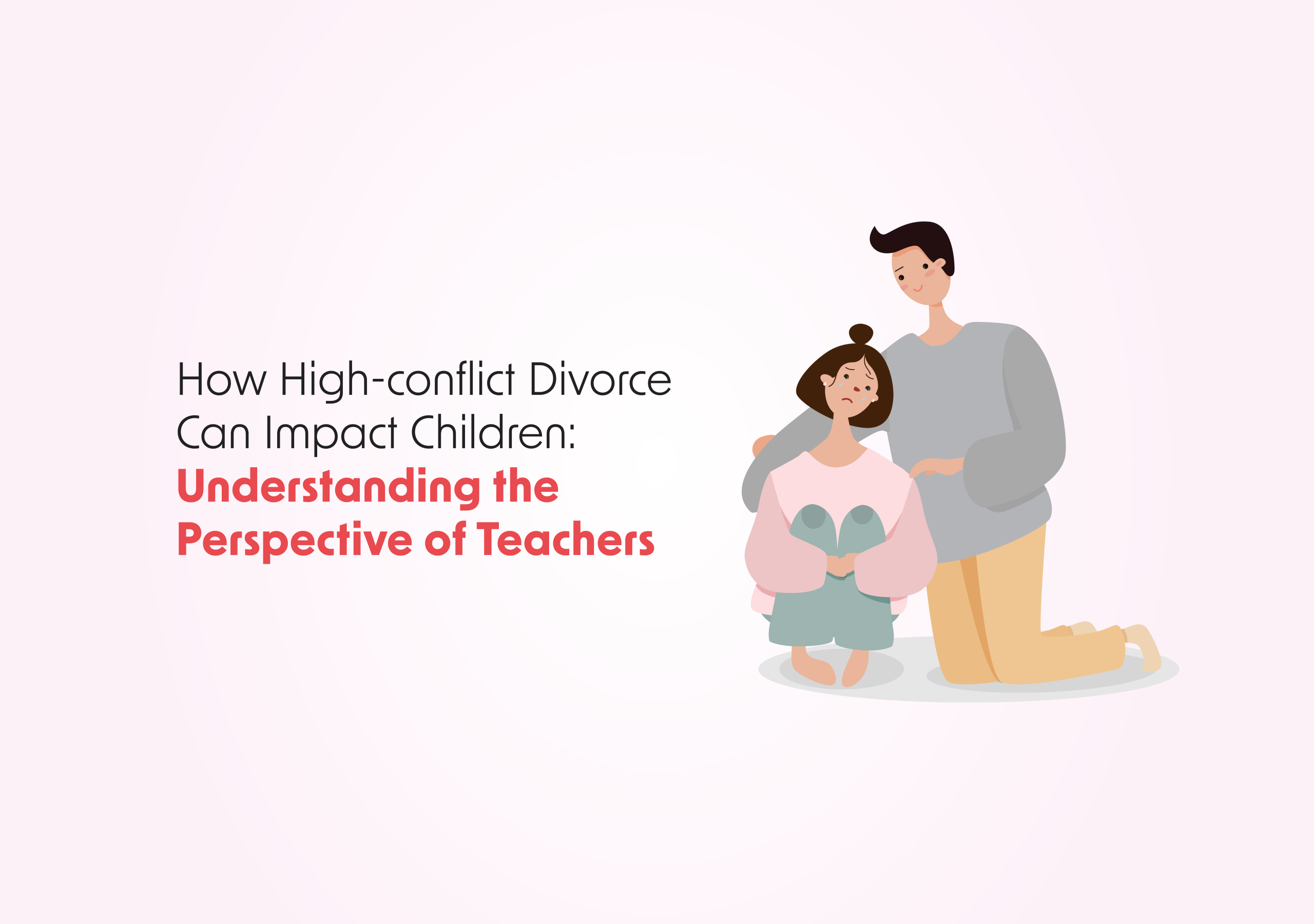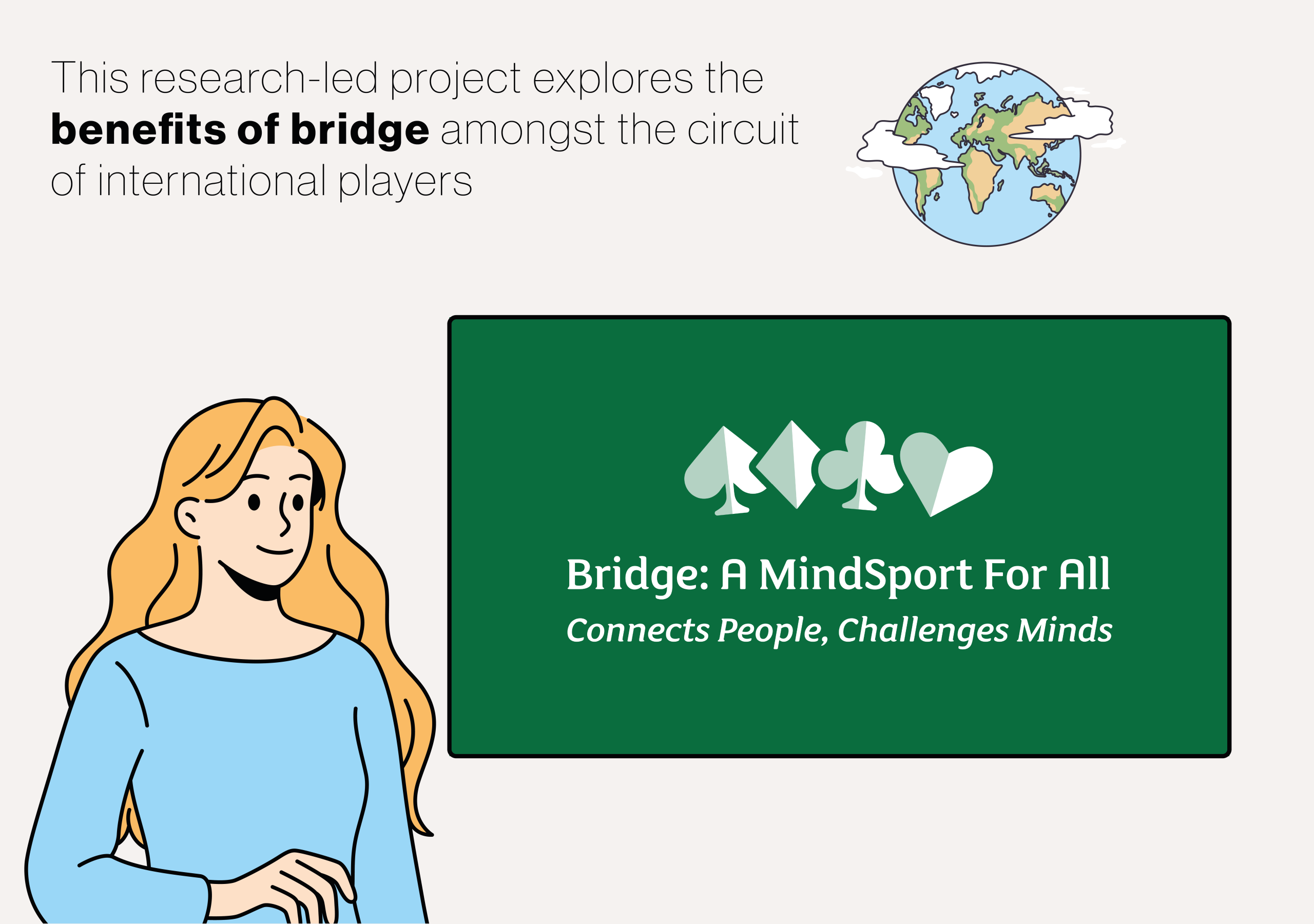It’s not difficult to picture a lush forest landscape populated with majestic deer and elk, long admired for their prowess and strength. Now, imagine that same scene, but instead of healthy and happy animals browsing a forest ecosystem, we see creatures that are thin and disoriented, that struggle to run or even stand, with halting and confused movements that are pitiable and distressing to watch. This is the harsh reality of Chronic Wasting Disease, an illness that currently has no cure and that threatens such wildlife around the world. Part of the challenge with Chronic Wasting Disease is the difficulty in studying it reliably in wildlife. The disease has subtle signs at an early stage, and it is difficult to obtain robust and reproducible data from large, wild animals who often live in remote and poorly accessible forest ecosystems. Consequently, researchers have turned to an unlikely but powerful ally, the tiny laboratory mouse, to model and study the disease under laboratory conditions. Dr. Andrea Grindeland of the McLaughlin Research Institute, and her colleagues, have authored a review of the existing mouse models of Chronic Wasting Disease. These tiny creatures have been engineered to mimic the biology of cervids, such as deer and elk, and are providing crucial insights into how Chronic Wasting Disease evolves, is transmitted, and how it might one day be controlled or even eradicated. More
Chronic Wasting Disease is part of an unsettling family of illnesses known as prion diseases. Unlike infectious diseases caused by bacteria or viruses, prion diseases are triggered by a protein that goes rogue. Under normal circumstances, proteins are folded into specific shapes in order to perform certain tasks, but in prion diseases, a protein called the prion protein misfolds. This misshapen prion protein not only loses its original function but also affects the folding of nearby proteins, triggering a domino effect. These misfolded proteins accumulate in tissues such as the brain, causing damage and leaving spongy holes in the tissue.
What makes prions particularly terrifying is their resilience. They are nearly indestructible, surviving heat, radiation, and even chemical treatments. Worse still, prions can remain infectious in the environment for years, contaminating soil, water, and vegetation. This durability makes Chronic Wasting Disease a nightmare to manage in the wild.
Tracking Chronic Wasting Disease in wild deer, elk, or moose is like chasing a ghost. Symptoms such as weight loss and lethargy may take years to appear, and by the time they’re noticeable, it’s often too late to intervene. Moreover, the long lifespans and large sizes of these animals make them difficult to study in a lab.
Enter mouse models. By genetically engineering mice to carry the prion protein genes of deer or elk, researchers create “cervidized” mice that mimic the biology of these animals. These models compress years of disease progression into just a few months, making it faster and easier to study how Chronic Wasting Disease develops and spreads.
One of the critical findings from the research reviewed by Dr. Grindeland and colleagues involves the processes through which Chronic Wasting Disease spreads so efficiently in the wild. Mouse models have helped confirm that prions are shed by infected animals even before symptoms appear. These prions can be found in saliva, urine, feces, and even the velvet that grows on antlers during the mating season.
One particularly striking experiment discussed in the review showed that prions in soil remain infectious long after being deposited there by an infected animal. Mice exposed to contaminated soil developed the disease, demonstrating that environmental transmission plays a significant role in Chronic Wasting Disease’s relentless spread.
The implications of this are sobering. Even if all infected animals in an area were removed, the environment could remain a reservoir of infection for years, continuously threatening new populations.
One of the most exciting aspects of this research is the role of genetics in prion diseases. It turns out that tiny variations in an animal’s DNA can make a huge difference in its susceptibility to Chronic Wasting Disease. For example, elk with a specific genetic variant at a site called codon 132 tend to resist the disease or develop it more slowly. By replicating these genetic differences in mouse models, researchers have pinpointed how these variants work and how they could affect disease progression.
For instance, mice with one version of the prion protein gene were highly susceptible to Chronic Wasting Disease, while those with another version showed remarkable resistance. This opens up the possibility of studying new genetic variants in the laboratory which could be translated to breeding disease-resistant animals, an approach already being tested in farmed deer populations.
Prion diseases have jumped species before. In the 1990s, an outbreak of “mad cow disease” (bovine spongiform encephalopathy) in cattle led to a variant of Creutzfeldt-Jakob disease in humans. People died after eating contaminated beef, demonstrating how prions can leap across species barriers under the right conditions.
Could Chronic Wasting Disease do the same? So far, there’s no evidence that Chronic Wasting Disease prions can infect humans, but researchers aren’t taking any chances. Mice can be genetically engineered to produce human prion proteins, which are called “humanized” mouse models. With the help of humanized mouse models, researchers have tested whether Chronic Wasting Disease prions can cause disease in human tissue. While these models suggest a strong species barrier, they also highlight the prion’s ability to adapt.
What if we could stop Chronic Wasting Disease in its tracks? Mouse models are helping researchers test potential vaccines and treatments. In a recent study, vaccinated mice survived significantly longer after being exposed to Chronic Wasting Disease prions, suggesting that an effective vaccine might one day be possible.
Dr. Andrea Grindeland and her colleagues remind us of the power of science to tackle even the most complex challenges. By collating and assessing existing mouse models, they’ve highlighted important aspects of Chronic Wasting Disease research, from its environmental persistence to its genetic quirks and potential risks to humans.
But this research is about more than just understanding a disease; it’s about protecting the intricate web of life. As Chronic Wasting Disease spreads across North America and beyond, threatening ecosystems and livelihoods, the knowledge gained from these tiny creatures may hold the key to preserving wildlife and preventing a new zoonotic crisis. In the battle against Chronic Wasting Disease, the smallest heroes, laboratory mice, are leading the charge.


